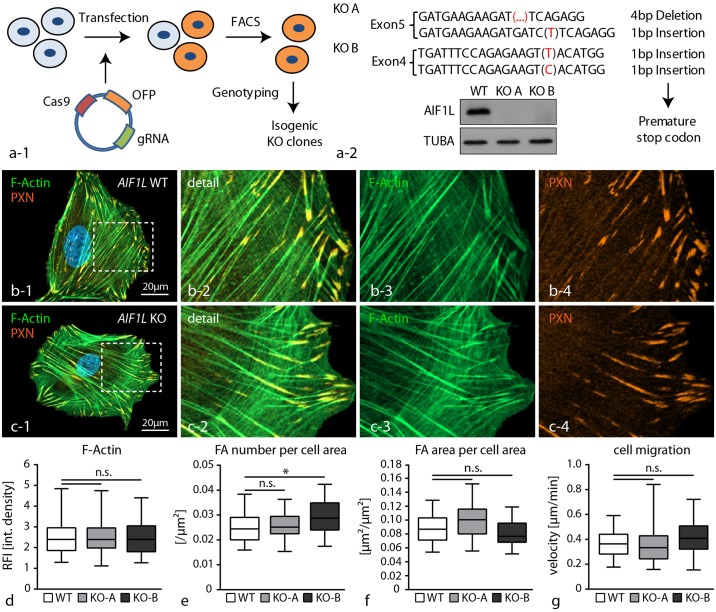Fig 3. Loss of AIF1L does not impact cytoskeletal structure or migratory behavior.
(a) Schematic depicting the generation strategy of AIF1L knockout clones using the CRISPR/Cas9 genome editing technology. After expression of a single vector encoding CAS9 protein as well as the gRNA and an OFP-reporter construct, single cell clones were generated and screened for NHEJ-repair events and consecutive occurrence of deleterious mutations. Sanger sequencings of two representative clones are included; western blot experiments confirmed loss of AIF1L protein in representative knockout clones (TUBA—tubulin alpha was used as a loading control). (b-f) Immunofluorescence stainings for FAs using PAXILLIN and for the F-actin cytoskeleton did not reveal major differences between knockout and wild type control cells. These observations were further corroborated by quantification for F-actin content and FA morphometry (n = 111 WT, 61 KO-A and 64 KO-B podocytes out of 3 independent experiments were analyzed for F-actin intensity; RFI—relative fluorescence intensity; n = 59 WT, 30 KO-A and 32 KO-B podocytes out of 3 independent experiments were analyzed for FA morphology; n.s.–non significant, * p<0.05). (g) Single cell migration experiments did not show any differences between wild type and AIF1L knockout cells (n = 135 WT, 145 KO-A and 92 KO-B podocytes out of 3 independent experiments were analyzed; n.s.–non significant).

